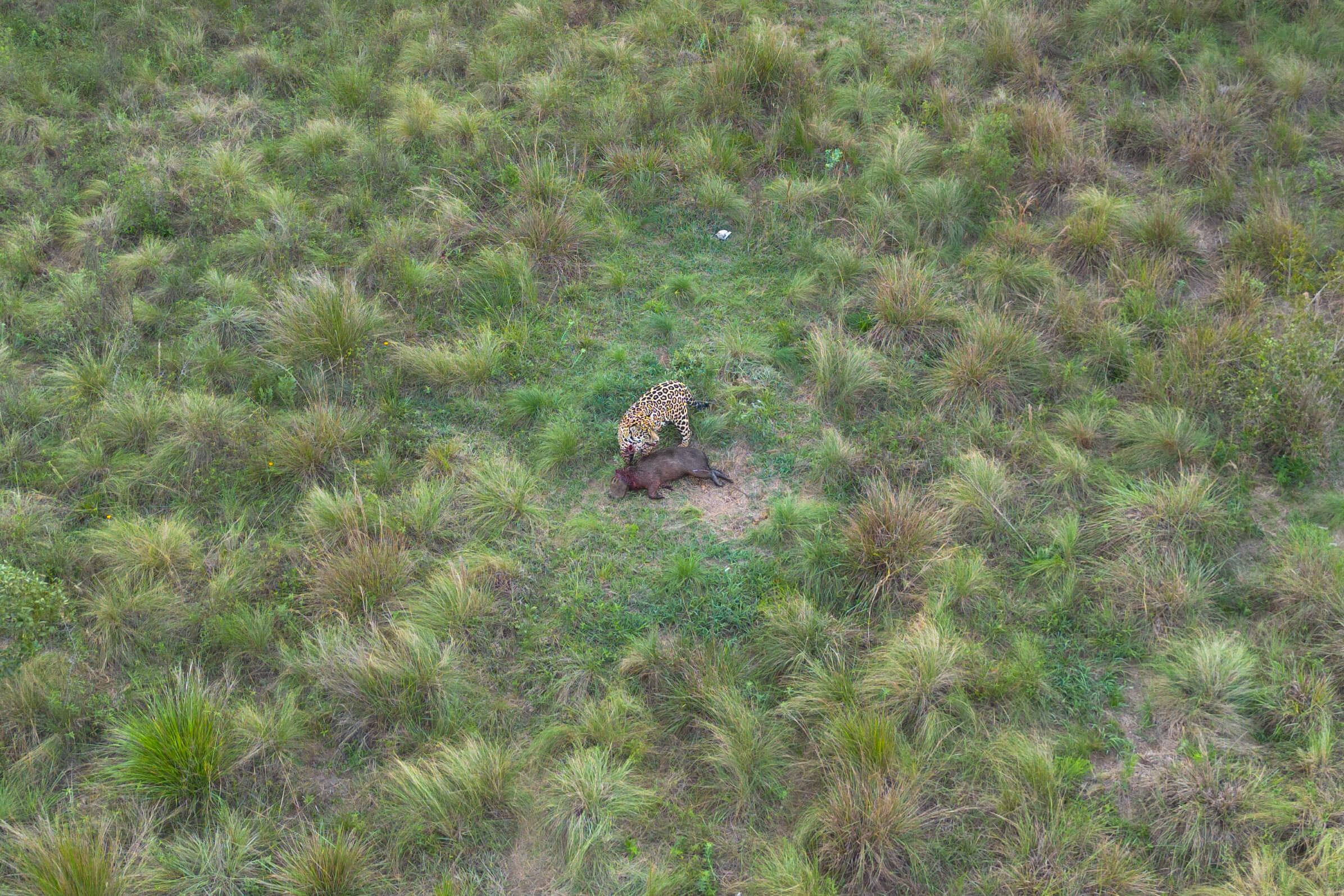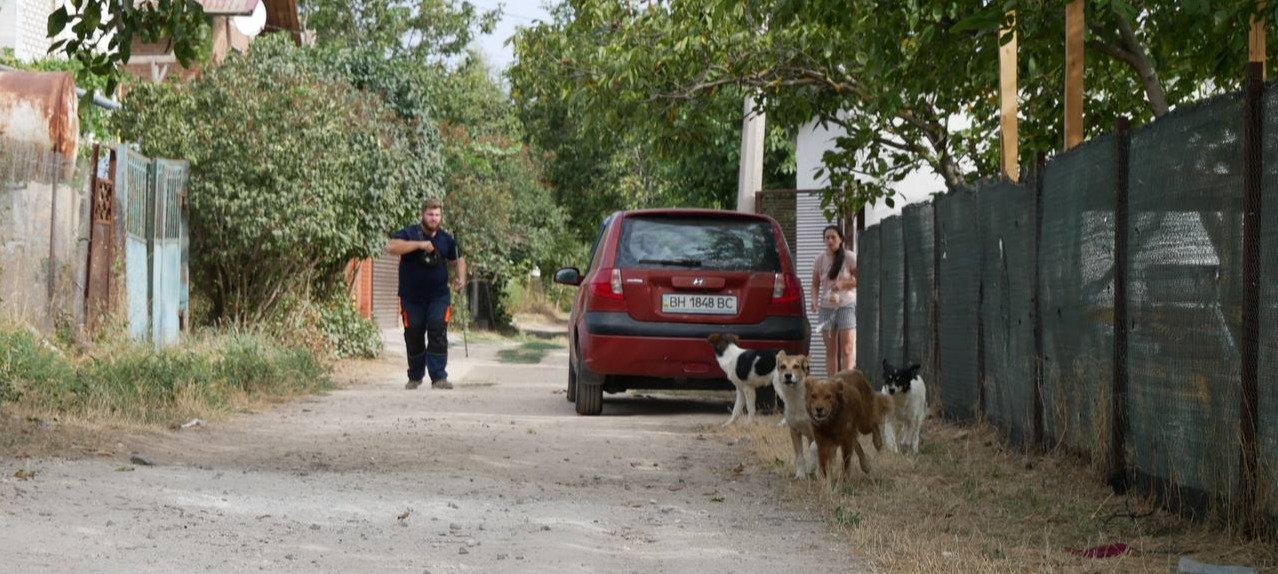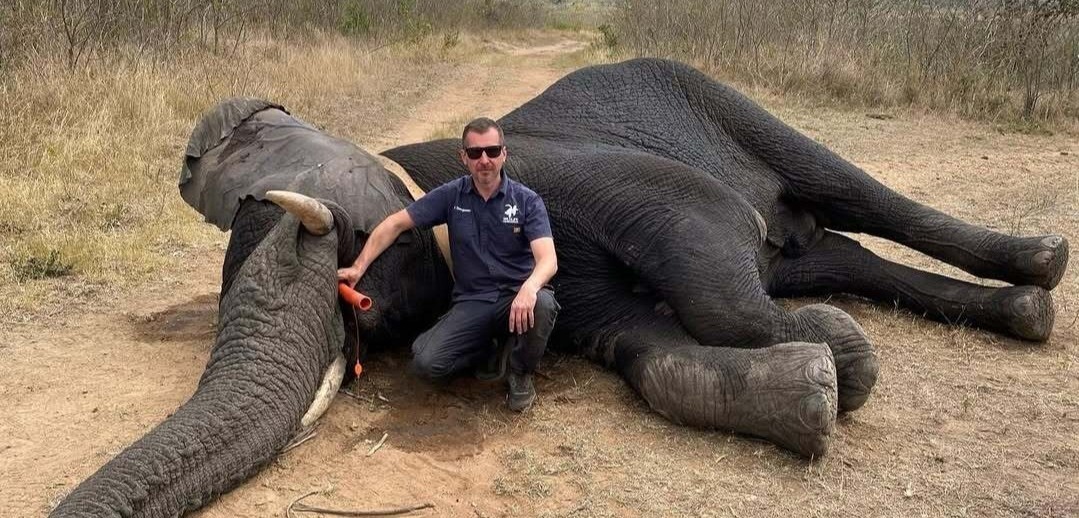150 years ago, the jaguar roamed from the Northern border of Argentina all the way to the northern part of Patagonia. In two-thirds of the country, jaguars could be found. Now, only three pockets of forest with jaguars remain - covering about 5% of their historical range.
This was the situation that Rewilding Argentina wanted to change when it initiated its jaguar reintroduction program 12 years ago.
Along with a lot of cooperation with the government and local authorities, the program began by finding breeders.
“We had jaguars from zoos and shelters that could not be released, but we could treat their cubs in a way so that they learned to hunt and survive in the wild. Also, we started to get animals from Brazil that were caught in the wild and still had their instincts, even though they had spent some time in captivity. In 2021, we could release the first animals. Two sisters, who had given birth in captivity, were released with two cubs each. Together with another female and a male we sourced from Brazil, these eight animals were the founders of the population in the Ibera Wetlands,” says Dr. Emiliano Donadío, science director at Rewilding Argentina.
%20(1).jpeg?width=1023&height=783&name=Qaramta-Impenetrable-Ene2021-1%20(2)%20(1).jpeg)
A top predator brings changes
The Ibera Wetlands are the second-largest wetland in the world and were once inhabited by the jaguar. However, it was driven to local extinction by hunting and habitat loss. The removal of the largest predator likely created an ecological imbalance. Now the return of the jaguar is changing the wetlands once again.

Photo credit: Sebastián Navajas, Fundacion Rewilding Argentina
“We have seen an incredible impact on the abundant capybaras, which is the main food resource for the jaguar. Of every 100 prey individuals that the jaguars kill, 70 are capybaras. This has resulted in a dramatic decrease in the density of capybaras, from around 50 individuals per square kilometer to one, at least in the central part of Ibera, where jaguars were released. As a result, we are seeing some evidence of vegetation recovery specifically in the areas where capybaras used to graze,” Emiliano Donadío explains.
“We can predict that the recovery of these grasslands will provide habitat for several grassland birds, including threatened species, that nest in this habitat.”
Immobilization to put collars on jaguars
In September 2025, the population of jaguars in the Ibera Wetlands had reached about 35-40 animals. It is doing so well that jaguars from this population are now translocated to a national park in Northern Argentina for another reintroduction project.
“To capture the animals we want to translocate, we use our DANiNJECT equipment. Also, we use the rifle for immobilization when we need to collar the animals bred in the wild, or change collars on those we have been following for a long time. We do it to understand the ecology, learn how they disperse, and to locate the corridors they use. If we know how they move, we can protect the corridors,” says Emiliano Donadío.

Photo credit: Emiliano Donadio, Fundacion Rewilding Argentina
Professional equipment, professional people
“For us, the first critical thing with immobilization is knowing that the equipment is reliable. If we follow the instructions, it will work. And if we run into a problem with a rifle - perhaps because it has become dirty - someone will help us fix it quickly. We have had some amazing Zoom calls with our distributor, where she was telling me step-by-step what to do to maintain a rifle,” says Emiliano Donadío.
“I mean, it’s professional equipment sold by professional people, and that is important for us.”
A proactive conservation strategy
So far, the jaguar reintroduction in the Ibera Wetland has been a success, and the population is well on its way to becoming self-sustainable.
“We estimate that the Iberá can support around 90 jaguars, and I think we will reach that in five years,” says Emiliano Donadío.
The project is an example of how Emiliano Donadío thinks about conservation.
“Rewilding is a proactive conservation strategy. We are not digging a trench around the national park to keep the threats out, just to try saving the last of the wild. We are moving out of those trenches and expanding the area where we can coexist with fully functional ecosystems - with as many of the native species as possible. It’s about bringing back the wild to where it has disappeared,” he explains.
.jpeg?width=1280&height=852&name=Emiliano%20Donadio%20%E2%80%93%20stor%20(1).jpeg)


.jpg)

